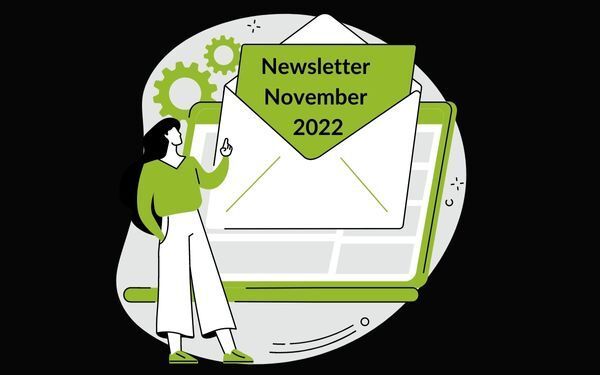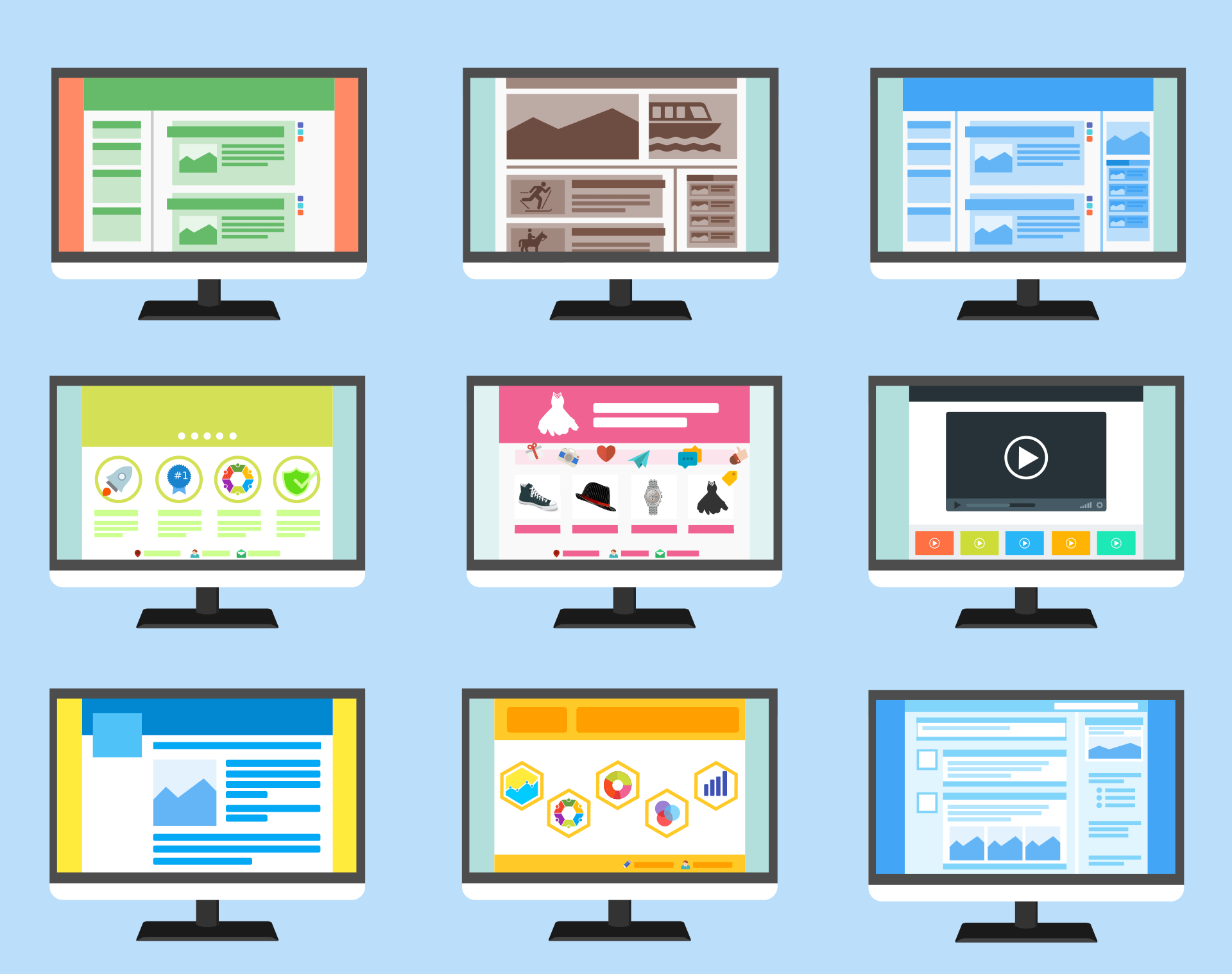11 must-haves for every business website
What to include on your new website
One of the most common questions we receive at QuayClick is what elements are essential to a new website.
It’s tempting to include everything but the company kitchen sink, but overkill is to be avoided.
You want a website that is comprehensive without being confusing.
Communicate your USP and call to action. Make them memorable. Then monitor the traffic carefully to see what content works and what doesn’t.
We hope that this checklist proves useful.
1. Home page
Your home page will receive the most traffic so it is worth spending time on it.
It’s your business in a nutshell; your elevator pitch on a page.
Home pages should showcase you, your core values, and your product or services.
Get the reader interested – entertain and impress them. So much so that they want to get in touch and do business with you.
A good home page combines great web design with effective web copy. Check out our guide to creating the perfect homepage.
2. About page
This is another page that will receive a lot of attention, and too many companies lose the nerve here. Resist the temptation to spout the usual industry jargon. That’s a wasted opportunity. This is your chance to stand out, sound a little different and inject some personality.
People do business with people. Web visitors want to make a connection with the human side of your company, so tell them who you are and what matters to you.
Pen portraits and biographies go a long way, as do pictures. Outline your company’s history and traditions, as well as your success stories. Make the details relatable, engaging and memorable.
3. Services page
Make what you’re selling obvious at a glance. The web visitor should not have to do too much digging.
Just as importantly, a clear and comprehensive list of services also boosts your SEO rankings for those looking for similar services or products.
Make good use of Google facilities such as Google Keyword Planner, and always keep an eye on Google’s information regarding related searches.
For some top tips, check out our blog post on copywriting for product and service descriptions.
4. Awards, Associations or Certifications
These all add kudos and credibility.
Actions and their results all speak louder than words.
For some companies these are the icing on the cake, proof positive of their professionalism.
For others, they’re paramount. Safety and quality standards are essential in the construction industry, for example. It makes sense to showcase them on your website.
5. Testimonials
Social proof also comes in the form of reviews. Your customers are your best salespeople, and testimonials demonstrate clearly what you can do to improve the lives of your customers. Persuasion is all about highlighting benefits rather than features.
Best practice includes matching each testimonial to relevant services.
Full names, titles and locations all add to credibility, as do logos and pictures.
6. Striking visuals
Imagery is a key element of web design. Stock images are all very well for blogs, but it’s always worth investing in professional photography for your main website.
Portraits of your workforce will make you and your company more approachable.
Attractive images of your business premises can make all the difference, hence the recent popularity of 360 photography, videos and virtual tours.
Pictures quickly communicate what you do and what you’re about.
Think creatively here. Dare to be different. Avoid industry clichés.
High vis jackets and hard helmets hats might make it clear you’re in construction, but it won’t set you apart from your competitors. Far better to showcase recent projects, highlighting your expertise, experience and current success.
7. Quality content
Quality content is another means of setting out your stall as an industry authority.
It’s also a great way to lure people to your website. Content marketing is proven to increase web traffic.
Search engines like Google will index pages of your blog, which can lead to subscribers who may become loyal followers of what you say and do.
Future customers may not have considered using your products or service until they stumbled upon your insightful advice on a subject close to their heart. Solve people’s problems and they’ll be forever grateful. ‘Solution’ is a buzzword for a reason. Think hard about what vexes current and future customers.
To quote B2B blog writer John Espirian on LinkedIn:
‘If you're not creating content that answers your potential clients' questions, those people will get their answers somewhere else. And that could mean they overlook your business, instead dealing with companies who build trust by producing helpful content.’
Content can include blogs, ebooks, guides, webinars, white papers, and case studies.
8. Links to social media
Make it easy to share your insights and expertise on social media such as Twitter, Facebook, Instagram and LinkedIn.
Place these icons where they’re hard to miss, ideally your header or footer.
9 . Contact page
In a similar vein, don’t make the visitor go searching for contact information. Everything should be within easy reach.
Read more about this in our blog: The 3 threes of winning web design: why 3 is the magic number.
Include contact details on every page in headers or footers and make sure phone numbers are ‘click to call’ for mobile devices.
And remember: while some customers like to pick up the phone, others prefer to get in touch through email.
Include your business address and your company registration number. These little details all add to your legitimacy, especially if you are a small company or recent start-up.
10. Privacy policy
Getting the detail right with your privacy policy also matters.
Privacy policies may not raise great excitement in some quarters, but commitment to your customers’ data speaks volumes about how you do business.
Furthermore, if you are collecting users’ personal information, the law requires that you display your Privacy Policy.
11. Terms & Conditions
Here again, the minutiae matter. Show professionalism and attention to detail here and, once again, set yourself apart from the competition. It shows you have systems in place to deal with every eventuality.
Done properly, T&Cs establish rules of engagement early on, saving everyone a lot of time and hassle in the long run.
And that’s it.
Feel your website needs a refurb?
Help is at hand from our web design and copywriting team.
QuayClick is happy to help you through every stage of the process, contact us in Exeter today, to find out more.
Sources
https://blog.hubspot.com/marketing/landing-page-examples-list
https://www.mannixmarketing.com/blog/top-7-website-essentials/
https://digital.com/blog/must-have-pages/
https://www.impactbnd.com/blog/11-crucial-elements-every-homepage-should-have




QUICK LINKS
QC Newsletter sign-up
We will get back to you as soon as possible.
Please try again later.
All Rights Reserved | QuayClick Marketing Ltd
We’re a website design and digital marketing agency based in Exeter. We help businesses grow online and have over 20 years of experience in Web Design. We offer several inbound strategies, including paid search and SEO. In addition, our content team can help with copywriting and email campaigns.














